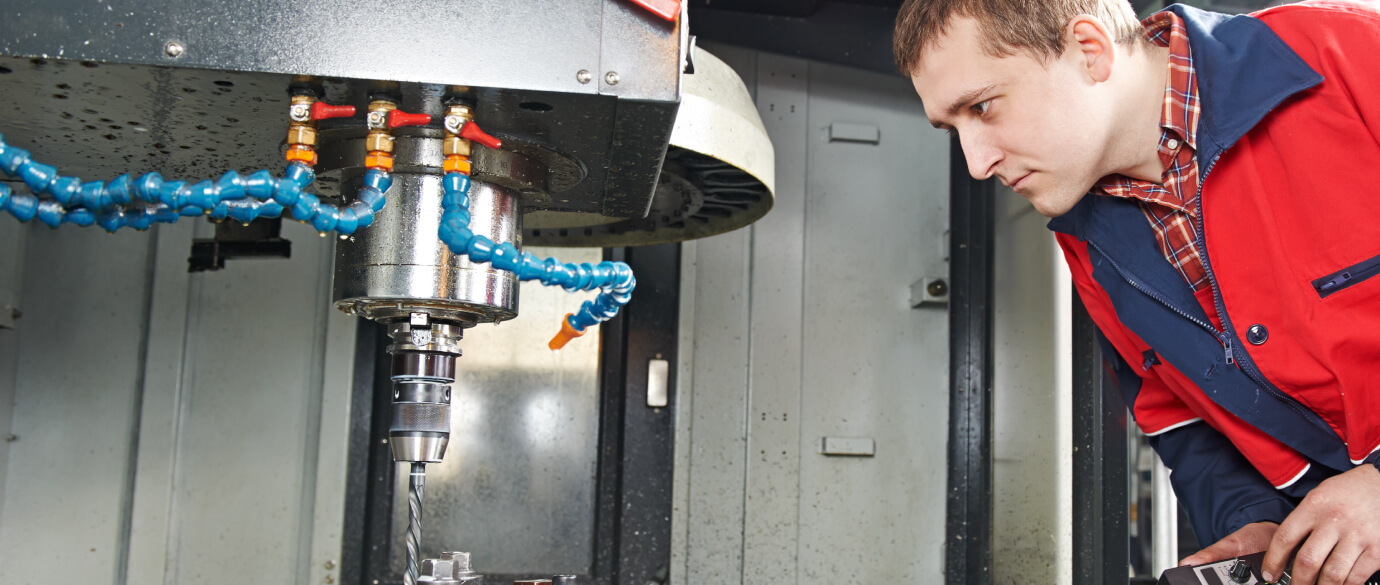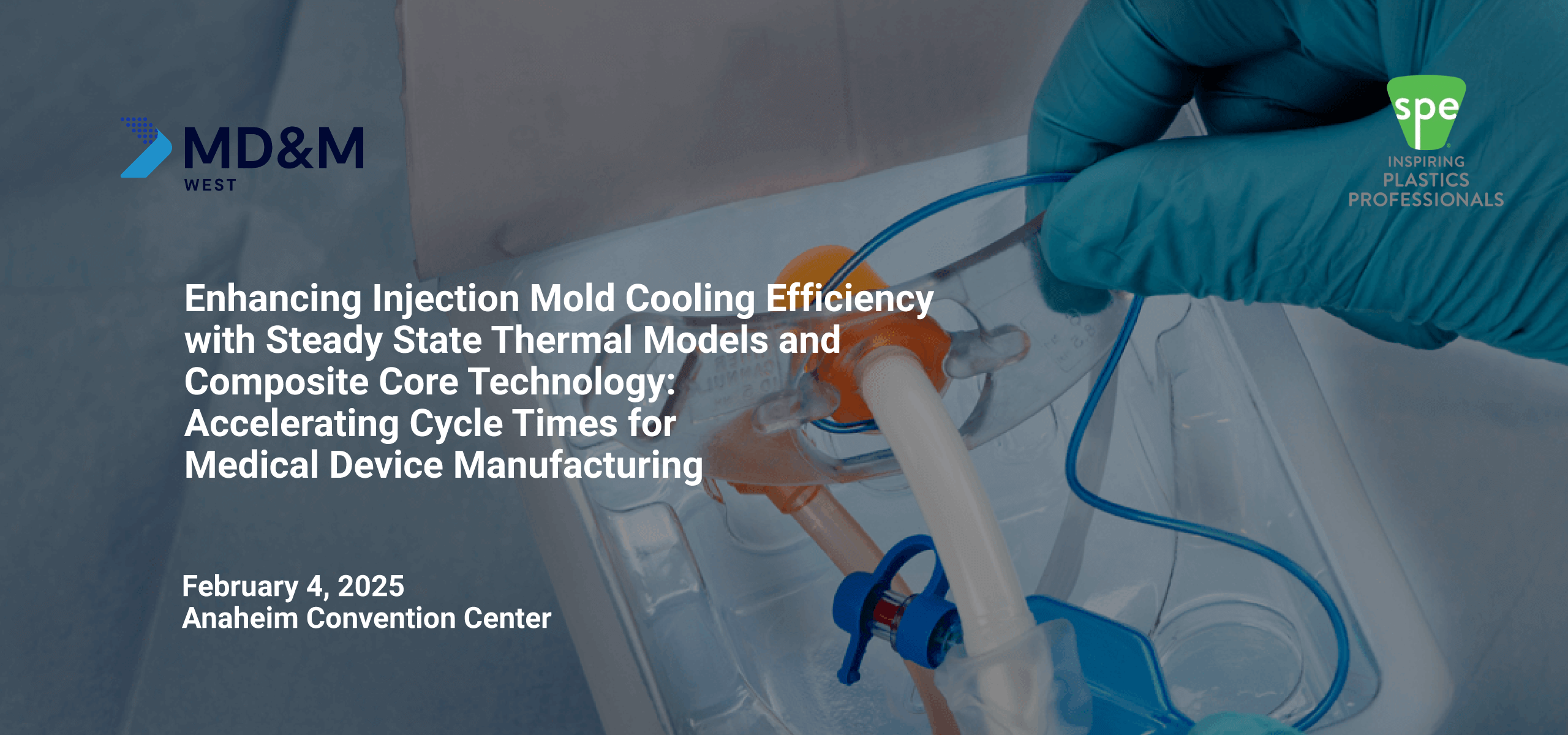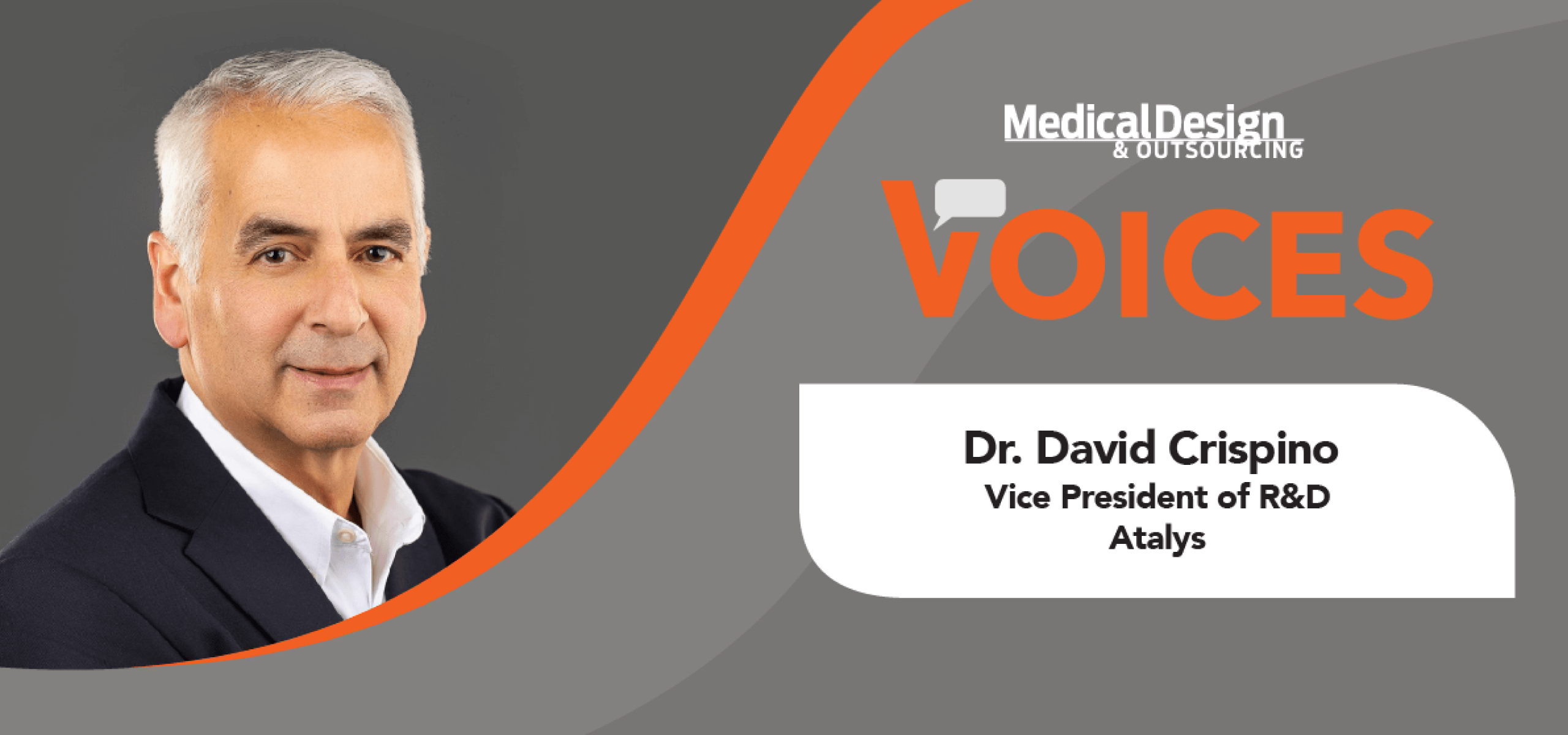Insights from the Forefront of Medical Device Manufacturing Innovation
Explore the latest trends, issues, and advancements in plastic injection molding and tooling for advanced medical devices.
ARTICLE
Atalys Completes the Integration of Romold
With the integration of Romold-- highly regarded as a top quality mold maker with an experienced team and workforce-- Atalys’ Advanced Engineering Center in Rochester, NY, which is ISO 9001:2015 certified, now has an expanded capacity to build in excess of 250 extreme precision, high cavitation, and complex-geometry molds per year.

We announced today the successful integration of Romold, a company we acquired last year that designs and manufactures highly complex custom molds for plastic injection with a strong focus on close tolerance machining using state-of-the-art equipment. This strategic milestone significantly enhances Atalys’ tool building capacity, mold-making capabilities, and positions the company for substantial growth and innovation in its key markets.
“Atalys has always been at the forefront of innovation in high precision tool building. The acquisition of Romold aligns perfectly with our strategic vision to expand our mold making capabilities and deliver unparalleled quality to our customers,” said Vinc Ellerbrock, President and CEO of Atalys. “Romold’s expertise in close tolerance machining and state-of-the-art equipment complements our existing strengths and opens new avenues for growth and innovation,” he added.
The consolidation of Romold not only transforms Atalys’ Advanced Engineering Center into one of the largest mold building factories in the region with dozens of highly skilled, journeyman mold makers, but also further strengthens the company’s unique position as a strategic partner offering customers an expanded range of high-quality, high precision tools with enhanced customization capabilities.
Paul Burton, Chief Operating Officer of Atalys, who oversaw the integration process, highlighted the company’s competitive advantage of having its tool building and manufacturing operations under one roof. “Unlike stand-alone tooling vendors that produce molds to someone’s design, we produce the tools for ourselves to use in molding. We build molds to maximize the quality and stability of the parts we produce, and we’ll modify the tool until we get exactly what is needed in terms of part quality. As a result of the Romold integration, we’re not only a stronger vertically-integrated manufacturing platform, we also now have an enhanced, bigger, and more talented mold making operation,” Mr. Burton explained.
The addition of Romold allows Atalys, known for our expertise in designing and building extremely precise tools with intricate geometries capable of molding highly complex materials, to redeploy some mold making equipment to the manufacturing floor across all its sites. This has been pivotal and strategic because it enables the company to build the tooling repair and maintenance capabilities at each of the molding plants. “Now we have the speed across all our manufacturing facilities to turn around any molds that require repair or maintenance, and this translates into unparalleled levels of customer service and superior quality delivery,” Mr. Burton stated.
“This upgrade was methodically planned and executed to optimize efficiency and expand tool building capacity. Our integration strategy included a significant focus on advancing our tooling maintenance and repair operations. By streamlining these processes, we have not only improved our operational efficiency but also freed up additional capacity for tool building. This means we’re now better positioned to respond swiftly to market demands and client needs, reinforcing our commitment to delivering excellence in every aspect of our service,” he added.
Going forward, Atalys is set to capitalize on the successful Romold integration and further cement its position as a leader in high precision tool building. “This is a milestone in our journey towards becoming the go-to partner for complex mold making needs. Our combined expertise, bolstered by this acquisition, will drive innovation and excellence, keeping us at the cutting edge of the industry,” Mr. Ellerbrock concluded.
Share This Article
LEARN MORE
Latest from Our Resource Center
Accelerating Cycle Times for Medical Device Manufacturing
Efficient thermal management is crucial in the production of medical devices and drug delivery systems, where up to 80% of the injection molding cycle is consumed by cooling. This Atalys presentation at SPE/MPD's Minitec at MD&M West in Anaheim California introduces a robust methodology for designing cooling systems using steady-state response thermal models, aimed at significantly reducing cooling times and boosting manufacturing efficiency. By precisely quantifying cooling challenges and optimizing key design parameters, this approach provides a streamlined modeling strategy for rapid and effective analysis.
Optimizing Mold Cooling for Medical Plastics: Insights from a Leading Expert
In this exclusive interview, Dr. Crispino explores the science behind cure time optimization, advanced thermal management, and the latest cooling methods to ensure precision and efficiency in medical device manufacturing. Learn about innovative modeling techniques, materials analysis, and actionable insights that can transform your mold design process. Ideal for professionals in engineering, R&D, manufacturing, and procurement, this interview provides insights into how you can improve cycle times and product quality.
Optimizing Supply Chain Resilience in Robotic-Assisted Surgery Device Manufacturing
Whether you are an emerging robotic-assisted surgery company bringing new technologies to market, or looking to accelerate production or transitioning from prototype to full-scale manufacturing, Atalys is your strategic partner in navigating complex global supply chains and ensuring your precision components are not only delivered on time, but more importantly manufactured according to your specifications.





